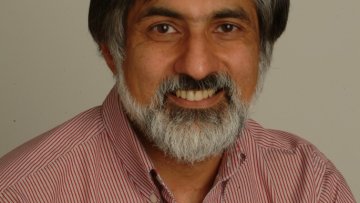Voting Systems and Arrow's Impossibility Theorem
Abstract
With the general election looming upon I will discuss the various different kinds of voting system that one could implement in such an election. I will show that these can give very different answers to the same set of voters. I will then discuss Arrow's Impossibility Theorem which shows that no voting system is compatible with 4 simple axioms which may be desireable.


